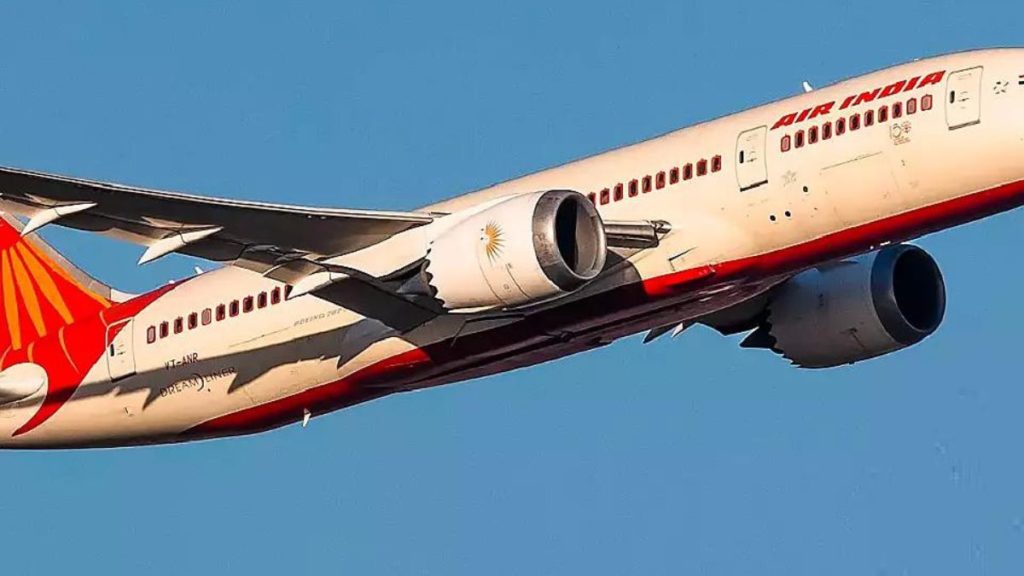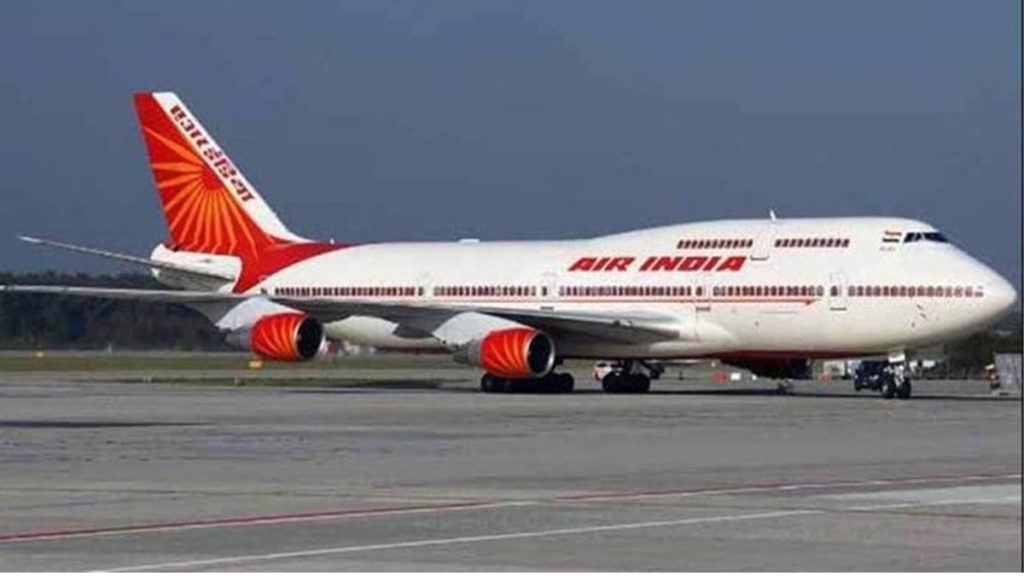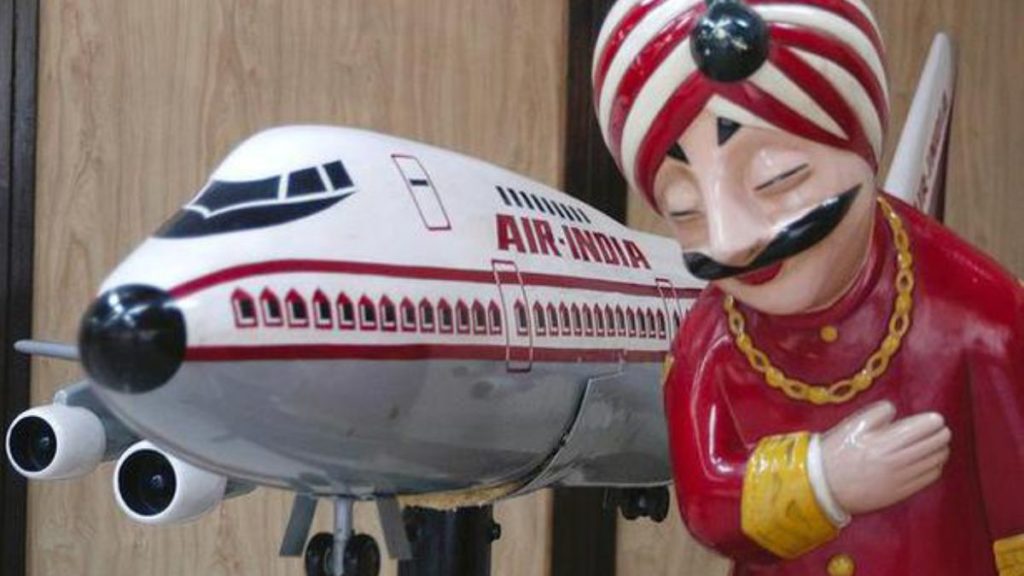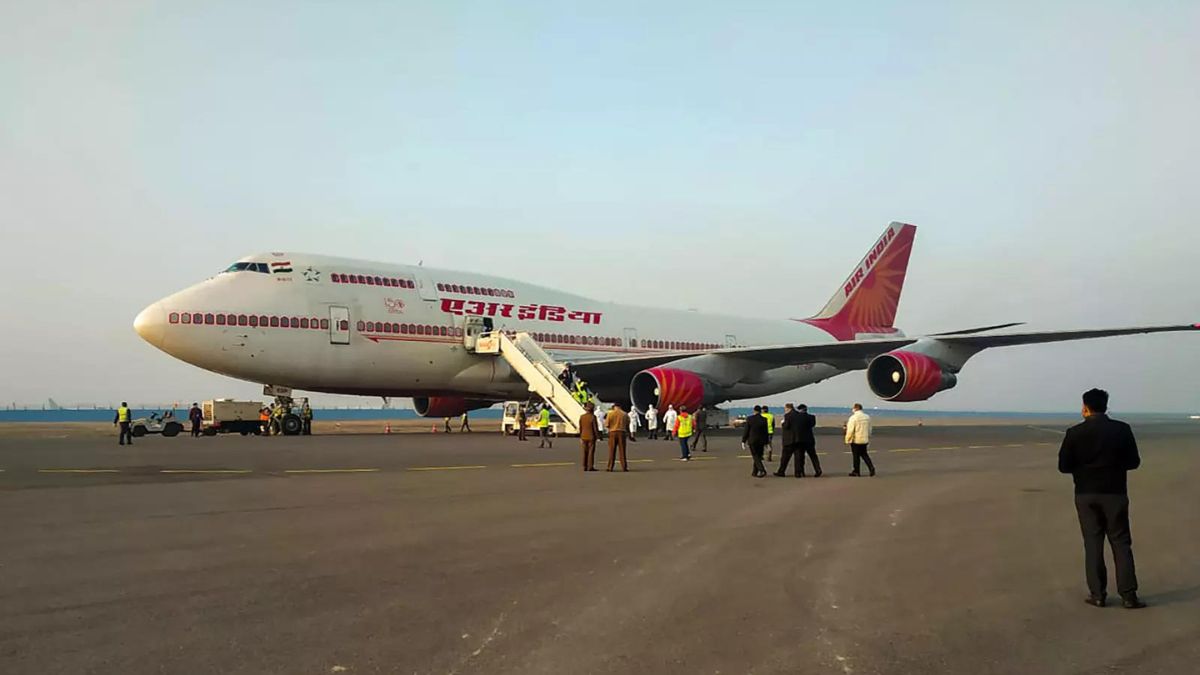There has been a lot of activity at Air India since Campbell Wilson took over as CEO & MD in the final week of July. The airline has signed lease agreements for 30 additional aircraft in less than a month after several aircraft returned to its fleet.
According to the sources, Vihaan. AI, a five-year road map by Air India to become a top-tier, international Indian carrier with an Indian heart, has been released. According to Wilson, the company’s fleet growth will combine both wide- and narrow-bodied aircraft to meet the diverse needs of the network.
Air India’s Strategy
By 2027, the airline hopes to have a 30% market share as part of the initiative. But according to industry experts, Air India needs to aim higher than the trend-line market growth rate because the market and competitive intensity are expected to expand as new airlines enter the market.

Jagannarayan Padmanabhan, Director & Practice Leader for Transport & Logistics at CRISIL Infrastructure Advisory said that the Indian skies are changing, placing more emphasis on regional connections. It would be difficult for a full-service carrier to compete in this price-conscious market. Additionally, the growth will be spread, necessitating the identification of certain sweet spots.
Therefore, he added that it makes sense for the carrier to dramatically increase capacity. However, the airline might need to change its approach to make the most of the new jets.
The Middle East continues to be a major source of Air India’s foreign traffic, particularly that of its subsidiary Air India Express, according to Satyendra Pandey, Managing Partner of aviation consultant AT-TV. This needs to be fixed as more direct flights are introduced and traffic increases.

Delivery of Different Flights
Between December 2022 and March 2023, the carrier will take delivery of five Boeing 777-200LRs for use on routes from significant Indian metropolises to San Francisco and New York.
The fleet will then receive four Airbus 321 aircraft in Q1CY2023, and 21 Airbus 320 aircraft will be added in the second half of the year. These will be used on short-haul international and domestic routes. Additionally, the airline is reportedly thinking about purchasing 300 narrow-body aircraft.

Another industry expert, who wished to remain nameless, asserts that Air India’s choice to start gaining market share at the start of the current wave makes sense given the sector’s history of cyclical peaks and troughs.
Padmanabhan said that the opportunity exists for the Tatas to participate in the entire vertically integrated value chain. Currently, no other airline offers it. Greater operational synergy across the airlines owned by the Tata group would result from this. They might also observe improved cooperation between AirAsia India and the other group firm, Vistara. But for Air India to resolve the numerous legacy difficulties accumulated over seven decades under government ownership, more than just a simple restructuring will be required.
Read: Shotgun Wedding: Everything We know about Jennifer Lopez’s Destination thriller film








